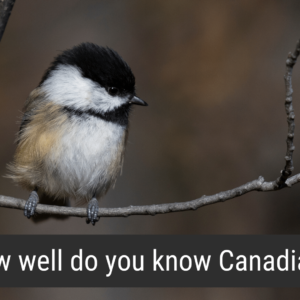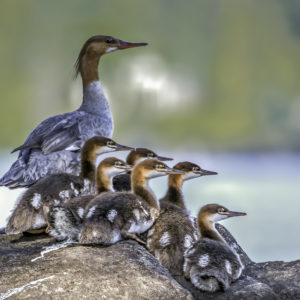Getting to Know the Common Grackle
Often found in agricultural fields, feedlots, city parks, and even suburban lawns, grackles use scattered trees for nesting and open grounds for foraging. These North American birds can also be quite large, growing up to a foot in length from bill to tail.
During the winter, most grackles migrate a little south, but some opt to brave the cold weather — mingling with other overwintering birds, they’re a regular at backyard bird feeders. In the warmer months, don’t be surprised to catch a grackle stealing your leftovers after a picnic! Although grackles stick mostly to a typical bird diet (bugs, seeds, berries, and the like), they’re not afraid to swoop in for a human snack when no one’s looking.
Grackles Enjoy Ants, But Not The Way You Think
Have you ever seen a bird letting ants crawl all over its body and feathers? It’s taking a bath!
Birds use the ants’ formic acid, the chemical in their sting, as a way to remove parasites and shed dead feathers. This ‘anting’ behaviour is something you may see many birds do but grackles are particularly frequent ant-bathers.
Recognizing The Grackle Call
Grackles are known for their sharp singing voices, sometimes referred to as sounding like a rusty gate or hinge. Think you might have heard it before? Listen here:
Video courtesy of Corey Schmaltz, TheBackyardBirder on Youtube.
Even if you haven’t recognized the unique sound in the wild before, you might still have encountered one. Grackles are also capable of imitating other birds and even human sounds!
Making Cities Grackle Friendly
Grackles might be happy to snatch a few crackers from your picnic table, but they are still susceptible to harmful human activity. In the last 50 years, North American bird populations have decreased by more than 25 percent — that’s 3 billion of our birds.
Saving bird lives starts with local action. Across Canada, people like you are coming together to reduce threats and make cities more hospitable for bird populations. Join the movement, learn more about Nature Canada’s Bird Friendly Cities here.



